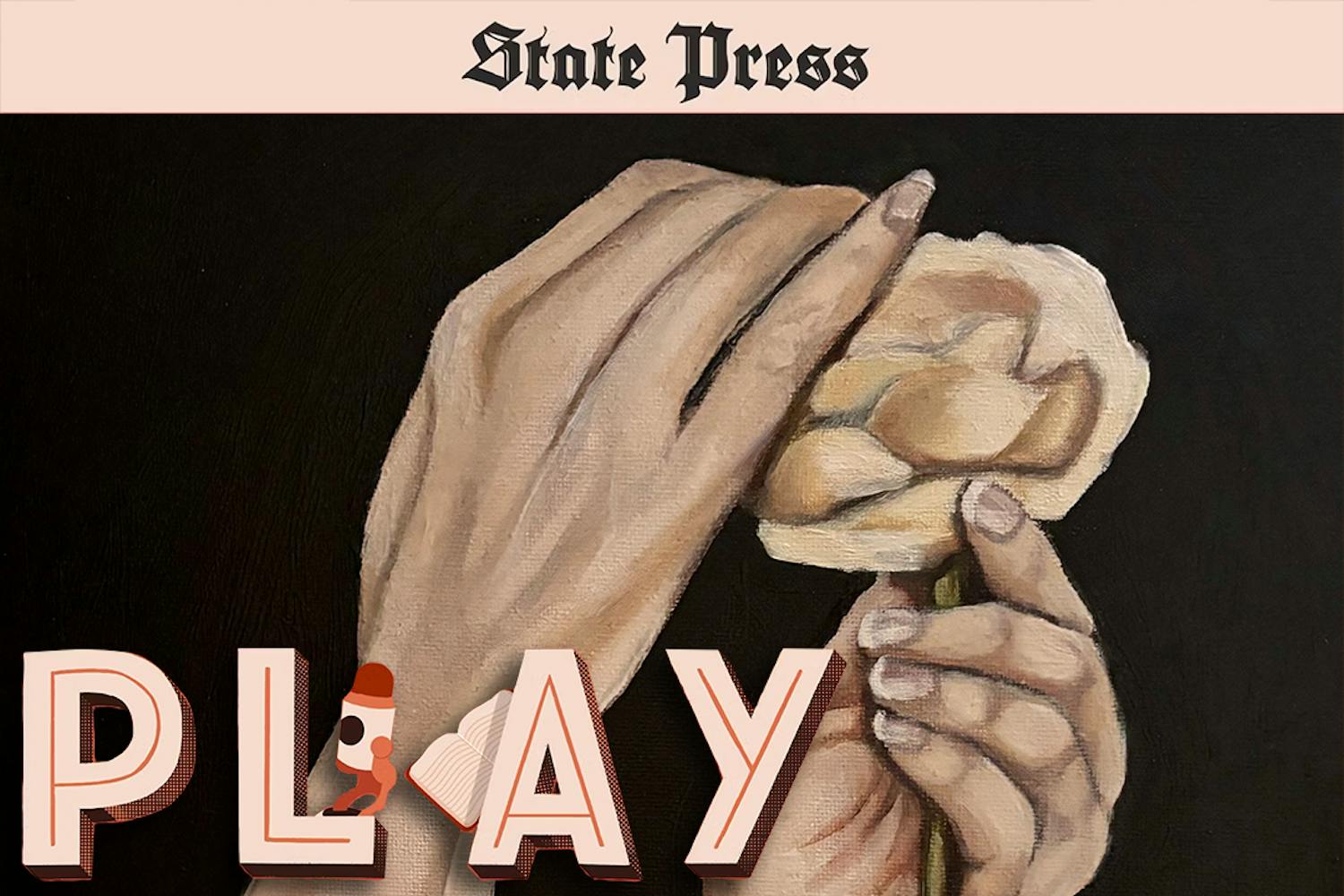After a bumpy first year, ASU hopes to make its new instant-enrollment registration system easier for students to use.
Ever since the University introduced a newly redesigned ASU Interactive in March 2007, many students get out of bed early at least twice a year to register for classes in the morning.
But to get the classes they want, students not only have to log in as early as 7 a.m. to be first in line, but also use a system that requires many clicks and offers limited tools — a situation the University is trying to improve, said Leah Lommel, the University Technology Office's student systems director.
"Our next big goal is improving [the] student experience," Lommel said. "They'll definitely see more benefits, more tools, so they don't have to hunt as much [for classes]."
Beginning with registration for fall 2007, instant enrollment replaced the University's 26-year-old pre-registration system, said Jennifer Glawson, associate registrar.
Under the old system, students could indicate at any time on the day of pre-registration what courses they wanted to take the following semester. In a second step, the University Registrar's Office would then enroll them according to their seniority and other criteria.
If a senior and a freshman were competing for the last spot in a particular class, for example, the office would have enrolled the senior. Special privileges were also afforded to collegiate athletes, honors students and students with disabilities.
These priorities have largely survived under the new system.
Because the second step has now been eliminated and students enroll themselves in the classes of their choice, they are assigned a particular day and time to register.
Consequently, if seniors want to make sure that freshmen don't take their spot in a desired class, they must log onto ASU Interactive on the days of their registration appointments — University lingo for the earliest times the system will let them register — and enroll in the courses.
"In this day and age, to wait on something you've ordered [is unacceptable]," said Lommel, who helped develop and introduce the new system.
Lommel said that, while the day of a student's appointment corresponds with his spot on the priority list, the specific time — 7 a.m., noon or 5 p.m. — is determined at random to ease the rush on the system. About 2,500 users are logging onto the system at the same time.
Many students, however, have expressed that they are unhappy with the changes. Nursing junior Melanie Cutbirth said she finds it confusing that ASU Interactive only lists three sections of a class at a time.
"The [old system] was just a lot easier to navigate through," Cutbirth said. "They need to have a full list [of classes] like they used to."
Improvements to ASU Interactive's interface should solve some of those problems, Glawson said.
"We would like to decrease the number of clicks that you have to do for registration," she said.
Lommel said the technology office is working on a number of improvements and, on ASU Interactive, students can already test drive a new course catalog and class search that could become standard by spring registration of 2009.
One of the other big differences between the two systems is that on ASU Interactive, registering is similar to the online-shopping experience and therefore familiar to students, Lommel said.
"I do like the shopping-cart philosophy," Glawson added.
But this philosophy spelled trouble for math senior David Weis who said he dutifully added his classes to the shopping cart when he registered for this semester, but forgot one crucial step.
"You think when you're on the Internet, you know what's going on," Weis said. "[But] I didn't check out, so I didn't enroll in the [classes]."
In his difficult situation, Weis turned to PerfectSchedule.com, a Web site that automatically screens ASU Interactive and — for $10 per section — informs a user when a spot opens up in a class of his or her choice.
"One by one, [my classes] kind of came through," Weis said. "I would've been screwed otherwise, for sure."
Glawson said many students don't have the time to wait for hours on their computers for a class to open up.
"[But] I can't imagine ever doing anything on a fee basis," she said.
Lommel said waitlisting — the concept behind PerfectSchedule — is something the technology office would like to tackle in the future.
"We think it's a cool site and a cool tool," Lommel said. "We'd really like to do it ourselves."
Though the registration system is new, the privileges given to certain students predate even its predecessors — preregistration and telephone registration.
The determination of who gets to register when is based on a decades-old tradition, Glawson said — one that doesn't sit well with all students.
Weis and Cutbirth said they don't mind athletes getting a break because they have to schedule classes around their practice and tournament times, and because they bring a lot of money to the University.
But he doesn't understand why an honors freshman gets to register before a nonhonors senior, Weis said.
"I don't think that's fair at all," he said. "Just because someone is smarter, doesn't mean they should get preferential treatment."
Weis said that seniors have to take certain classes in order to graduate, while freshmen, honors or not, always have the option of taking them later in their academic career.
Colleges nationwide grapple with the issue of privileged access, said Barmak Nassirian, a spokesman for the American Association of Collegiate Registrars and Admissions Officers in Washington, D.C.
"It's a point of contention virtually everywhere," Nassirian said. "I think privileged access has to be very carefully thought out."
For example, Nassirian said, universities originally instituted privileges for disabled students when registering for classes still meant standing in line at the registrar's office.
"It didn't involve just long lines, but multiple lines [for classes and financial aid]," he said. "It was an arduous physical process."
But with in-person and telephone registration obsolete, some colleges, like UA, have taken disabled students out of their priority lists, said Beth Acree, the school's senior associate registrar.
"If you had to stand in line, it was obvious that that would be harder for disabled students," Acree said.
But with sophisticated and adaptable Web systems in place, disabled students are no longer at a disadvantage, she said.
UA also takes a different approach when it comes to honors students, who all get to register with juniors after the seniors do. Athletes, however, come first at UA as well, Acree said.
While ASU hasn't tacked revisions to its priority list yet, the University is certainly open to input from students, said Nancy Kiernan, a program manager in the Provost's Office.
Making sure that students get the classes they need is one of the primary goals of the Provost's Office, Kiernan said.
"No student should ever not be able to graduate because they can't get a course they need," Kiernan said.
With all the hoopla over priorities, the technology office's statistics show that sophomores, not seniors, are most likely to log into ASU Interactive the minute the system allows them to register, said Jason Harper, an applications developer.
"They learn their lesson as freshmen," Harper said.
Reach the reporter at: andre.f.radzischewski@asu.edu.




